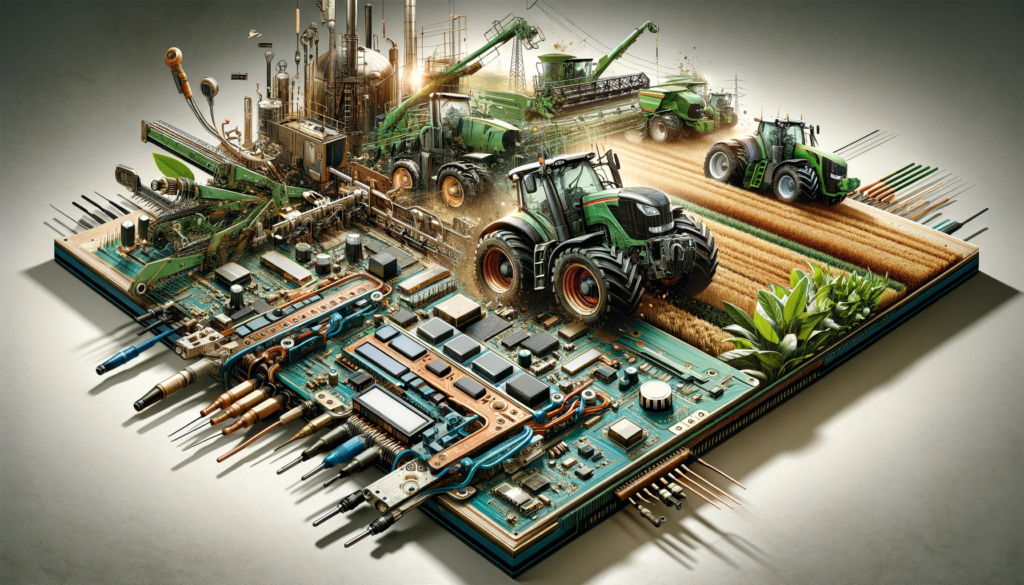Introduction
The advent of modern technology in agriculture has led to significant advancements in farming equipment. One such technological integration is the use of membrane switches in agricultural machinery. These switches have transformed how operators interact with their equipment, providing enhanced functionality, durability, and user-friendliness.
Membrane Switches: An Overview
Membrane switches are electrical switches that can be activated by the touch of a button. They are made from layers of flexible materials and are known for their durability, ease of use, and resistance to harsh environments. This makes them ideal for agricultural settings, where equipment is often exposed to extreme conditions.
Why Membrane Switches in Agriculture?
- Durability: Agricultural environments are tough, with exposure to dust, moisture, and chemicals. Membrane switches are designed to withstand these conditions, offering long-term reliability.
- Ease of Cleaning: With a smooth surface, membrane switches are easy to clean, an essential feature in environments where dirt and grime are common.
- Customization: They can be customized in size, shape, and functionality, fitting seamlessly into various types of agricultural machinery.
- User-Friendly Interface: Membrane switches can be designed with intuitive interfaces, making it easier for operators to use complex machinery.
Application in Agricultural Equipment
- Tractors: Used in control panels, membrane switches help operators manage various functions of the tractor with ease.
- Harvesting Machinery: In harvesters, these switches allow for precise control over complex mechanisms.
- Irrigation Systems: Membrane switches are used in the control panels of irrigation systems, aiding in the efficient management of water resources.
- Dairy Equipment: In milking machines and other dairy processing equipment, membrane switches offer a sanitary and reliable interface.
Design Considerations for Agricultural Equipment
- Environmental Resistance: Switches are designed to be resistant to water, UV rays, and chemicals.
- Tactile Feedback: Given the use of gloves in farming, switches often have a pronounced tactile response for ease of use.
- Visibility: High-contrast colors and backlighting options are important for visibility in outdoor and low-light conditions.
Technological Innovations
- Touch Screen Integration: Combining traditional membrane switches with touch screen technology for more advanced control systems.
- Wireless Connectivity: Some membrane switches are designed to connect wirelessly with other systems within the machinery for seamless operation.
- Enhanced Durability: Development of new materials that offer even greater resistance to environmental challenges.
Challenges and Solutions
- Harsh Environmental Conditions: Developing materials and adhesives that can withstand extreme temperatures and conditions.
- Ease of Use: Ensuring that the switches are user-friendly for operators with varying levels of technical expertise.
- Maintenance and Repair: Designing switches for easy maintenance and quick repairs to minimize downtime.
The Future of Membrane Switches in Agriculture
- Smart Farming Integration: As agriculture moves towards smart farming, membrane switches are expected to play a key role in the integration of IoT devices.
- Sustainability: Efforts to make membrane switches more environmentally friendly and sustainable.
- Advanced Control Systems: Development of more sophisticated control systems that enhance efficiency and productivity in agricultural operations.
Conclusion
Membrane switches have become an integral part of modern agricultural equipment, offering durability, customization, and ease of use. As technology advances, their role in agriculture is set to become even more significant, aligning with the trends of automation and smart farming.

